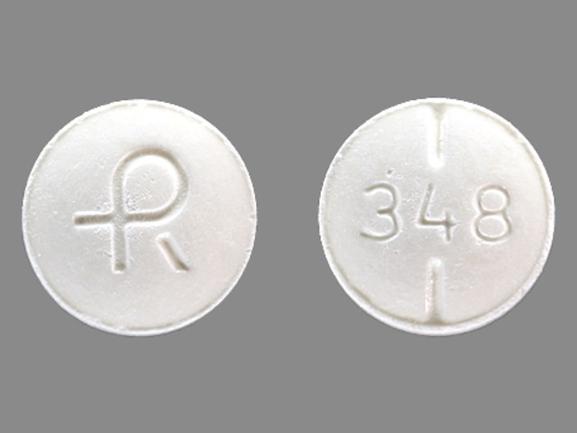Propylthiouracil Interactions
There are 66 drugs known to interact with propylthiouracil, along with 4 disease interactions. Of the total drug interactions, 11 are major, and 55 are moderate.
- View all 66 medications that may interact with propylthiouracil
- View propylthiouracil disease interactions (4)
Most frequently checked interactions
View interaction reports for propylthiouracil and the medicines listed below.
- Acetylsalicylic Acid (aspirin)
- Adrenalin (epinephrine)
- Aspirin Low Strength (aspirin)
- Ativan (lorazepam)
- Benadryl (diphenhydramine)
- Claritin (loratadine)
- CoQ10 (ubiquinone)
- Cymbalta (duloxetine)
- Eliquis (apixaban)
- Fish Oil (omega-3 polyunsaturated fatty acids)
- Flonase (fluticasone nasal)
- Ginkgo Biloba (ginkgo)
- Lasix (furosemide)
- Lexapro (escitalopram)
- Metoprolol Succinate ER (metoprolol)
- Metoprolol Tartrate (metoprolol)
- Nexium (esomeprazole)
- Paracetamol (acetaminophen)
- Plavix (clopidogrel)
- Protonix (pantoprazole)
- Singulair (montelukast)
- Synthroid (levothyroxine)
- Tylenol (acetaminophen)
- Valproate Sodium (valproic acid)
- Vitamin B1 (thiamine)
- Vitamin B12 (cyanocobalamin)
- Vitamin B6 (pyridoxine)
- Vitamin C (ascorbic acid)
- Vitamin D3 (cholecalciferol)
- Xanax (alprazolam)
Propylthiouracil disease interactions
There are 4 disease interactions with propylthiouracil which include:
More about propylthiouracil
- propylthiouracil consumer information
- Compare alternatives
- Pricing & coupons
- Reviews (4)
- Drug images
- Side effects
- Dosage information
- During pregnancy
- Drug class: antithyroid agents
- Breastfeeding
- En español
Related treatment guides
Drug Interaction Classification
| Highly clinically significant. Avoid combinations; the risk of the interaction outweighs the benefit. | |
| Moderately clinically significant. Usually avoid combinations; use it only under special circumstances. | |
| Minimally clinically significant. Minimize risk; assess risk and consider an alternative drug, take steps to circumvent the interaction risk and/or institute a monitoring plan. | |
| No interaction information available. |
Further information
Always consult your healthcare provider to ensure the information displayed on this page applies to your personal circumstances.


